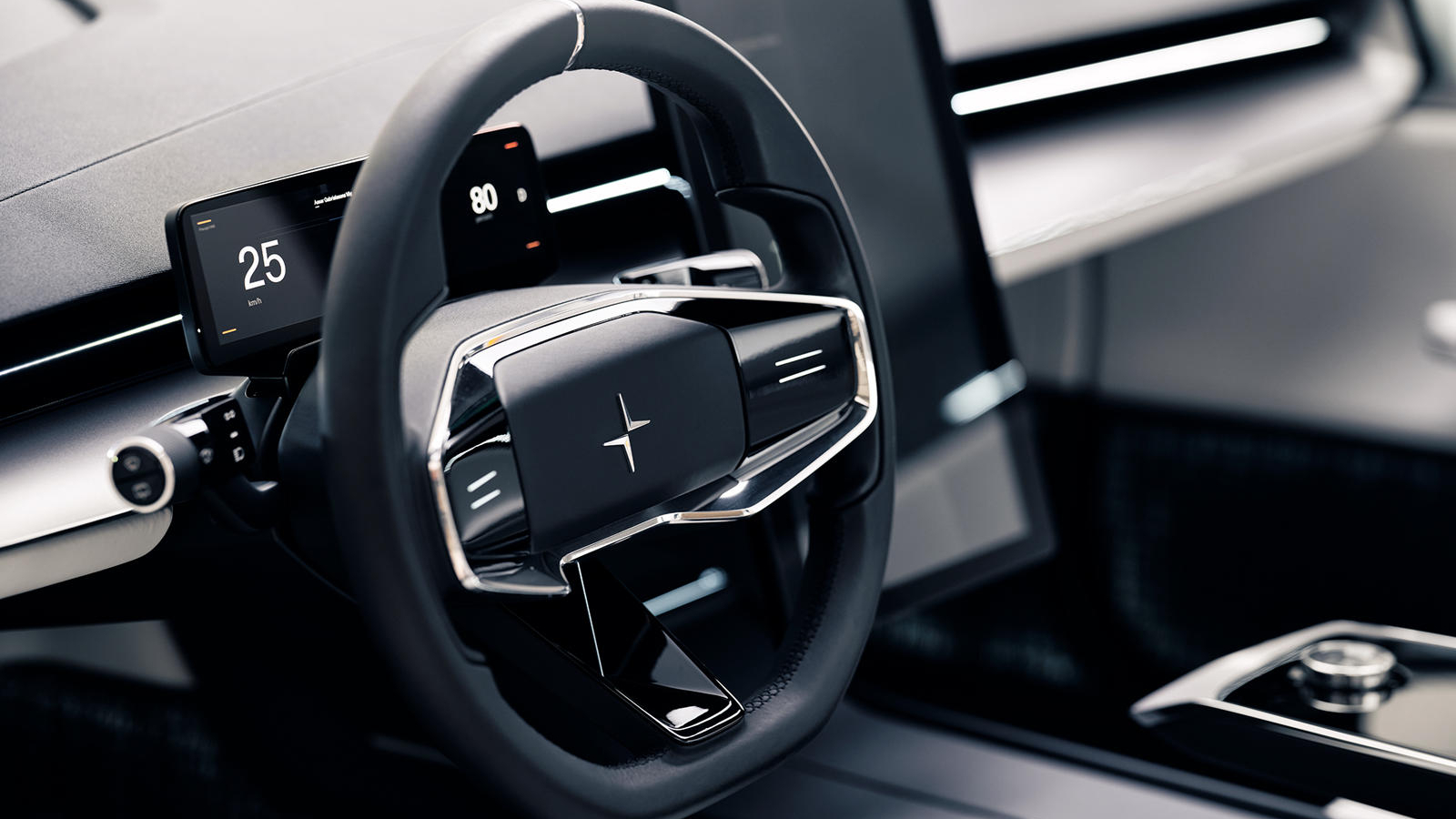The Best Car Polestar’s electric SUV will drive itself on the highway…
Green cited Tesla’s Autopilot and Cadillac’s Super Cruise feature as examples of systems that still require drivers to “stay in the loop” should they need to regain control of their vehicles. The 2022 XC90 SUV (and therefore the Polestar 3), he said at the time, will instead use an advanced LiDAR sensor to eliminate the need for intervention.
“Soon, your Volvo will be able to drive autonomously on highways when the car determines it is safe to do so,” Green said in a press release announcing Volvo’s partnership with LiDAR manufacturer Luminar. “At that point, your Volvo takes responsibility for the driving and you can relax, take your eyes off the road and your hands off the wheel.”

That all sounds great in principle, and Volvo’s commitment to hyper-accurate LiDAR sensors over camera-based scanning systems (of the sort favored by Elon Musk’s automaker) suggests the Polestar 3 and new Volvo XC90 may genuinely make good on their self-driving promise.
In practice, though, drivers’ ability to use Volvo’s Ride Pilot system will depend on the viability of the highways themselves – and it’s unlikely that the brand’s autonomous software will better Tesla’s equivalent straight out of the box.
Volvo itself has also admitted that the road to total vehicular autonomy will be a gradual one, with over-the-air updates set to be provided to its upcoming vehicles that will “expand the areas in which [these cars] can drive [themselves].”
In reality, then, a truly self-driving Polestar 3 is several years away – but it’s undoubtedly promising to see another major carmaker preparing its vehicles for an autonomous future.
As mentioned, the Polestar 3 is scheduled to begin hitting roads at the beginning of next year, though the company also has another SUV, the Polestar 4, and a sports sedan, the Polestar 5, in the pipeline for 2023 and 2024, respectively. We’ll share more details on all three models as and when they’re officially unveiled.



